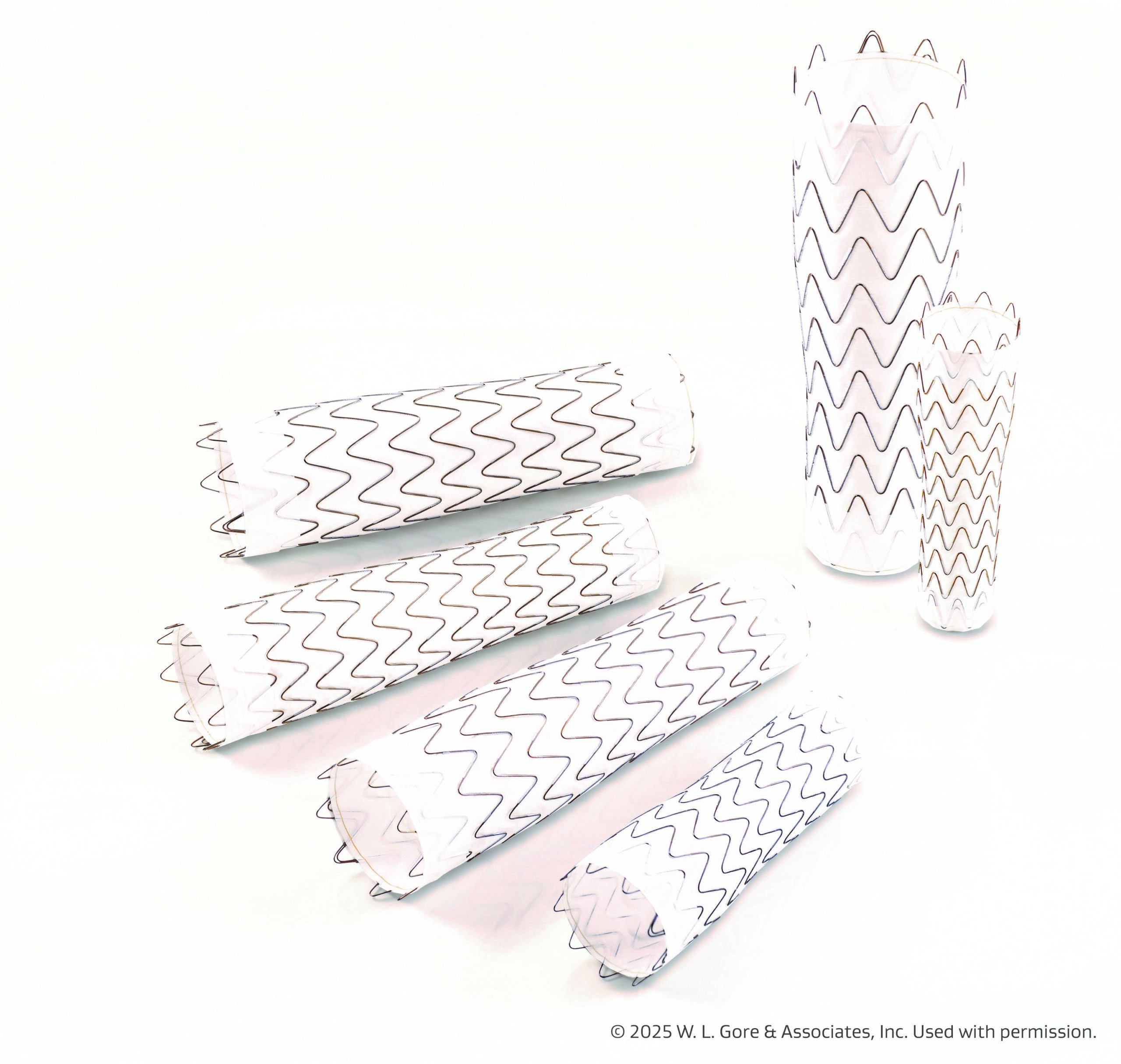
According to Michael Pignanelli, BMSc, and colleagues, variations in atherosclerosis burden can only be partly explained by traditional risk factors for coronary heart disease (CHD), and genetic variants may account for only 10.6% of heritability of CHD. Following treatment with usual care for traditional risk factors, the risk of cardiovascular events remains approximately 40%.
There is an independent association between renal impairment and cardiovascular mortality, and current treatments of renal failure have been shown to have limited efficacy in preventing cardiovascular deaths. Patients with chronic kidney disease (CKD) are at high risk for cardiovascular disease. Previous studies have found an increase of 17-fold in the risk of cardiovascular disease in patients with end-stage renal disease, and a marked reduction in life expectancy at age 55: from 19.9 years with normal or only slightly impaired renal function to 5.6 years with severe renal impairment.
There are adverse cardiovascular disease effects of toxic metabolites produced by the intestinal microbiome from animal proteins, carnitine (primarily from red meat), or phosphatidylcholine (primarily from egg yolk). The metabolites are eliminated renally and may be termed gut-derived uremic toxins (GDUT). The current cohort study was designed to examine plasma levels of GDUT in relation to renal function to test the hypothesis that even moderate impairment of renal function may increase the levels of GDUT. Results of the study were reported in the Journal of Renal Nutrition [2019;29(1):55-64].
Nutrient intake was measured by the 131-item Harvard Food Frequency Questionnaire; estimated glomerular filtration rate (eGFR) was calculated using the Chronic Kidney Disease-Epidemiology equations. Ultra-performance liquid chromatography coupled to quadrupole time-of-flight mass spectrometry was used to measure plasma levels of trimethylamine N-oxide, p-cresyl sulfate, hippuric acid, p-cresyl glucuronide, phenyl acetyl glutamine, and phenyl sulfate.
A total of 316 patients were enrolled in the study. Mean age was 66.74 years, 59.7% were men, and 18.9% were diabetic. Mean eGFR was 76.03 mL/min/1.73 m2; 18% (n=57) had eGFR <60 mL/min/1.73 m2.
Participants were stratified into quartiles by eGFR: (Q1, <66 mL/min/1.73 m2; Q2, 66 to 78 mL/min/1.73 m2; Q3, 79 to 90 mL/min/1.73 m2; and Q4, ≥91 mL/min/1.73 m2). Plasma levels of all GDUT were significantly lower by quartile of eGFR; even with moderate reduction of eGFR, plasma levels of all GDUT were significantly higher in those quartiles. Plasma levels of some GDUT were affected by nutrient intake; the affects varied by eGFR above and below 60 mL/min/1.73 m2.
In linear regression analyses, eGFR was a significant predictor for all of the metabolites. In general, intake of meat/amino acids contributed to the plasma levels of all of them. Levels of hippuric acid were explained primarily by intake of vegetable protein and precursors of crude trimethylamine (pre-TMA). Intake of chlorine/pre-TMA, largely from egg yolk, contributed significantly to plasma levels of trimethylamine n-oxide, hippuric acid, and p-cresyl gluronide.
There were no differences detected in the intestinal bacteria across carotid ultrasound phenotypes.
Citing limitations to the study, the researchers mentioned obtaining blood samples in fasting conditions and not including vegans in the study cohort.
In discussing the study results, the researchers said that approaches aimed at lowering the levels of GDUT and cardiovascular risk in patients with renal failure could include kidney transplantation and more intensive dialysis. Other possibilities might include interventions to modify the intestinal bacteria, such as probiotics, prebiotics, fecal transplantation, and transplantation of specific panels of beneficial cultured bacteria, performed for treatment of infection of Clostridiodes dificile.
“Patients with even moderately impaired renal function (including the elderly) should limit intake of meat, particularly red meat because of the high carnitine content, and should avoid egg yolk, not only because of the very high cholesterol content (237 mg in a 65-g egg) but also because of the high content of phosphatidylcholine (250 mg). Two large egg yolks would contain more cholesterol and more trimethylamine n-oxide precursor than a 12-ounce Hardee’s Monster Thickburger, with 256 mg of cholesterol and 320 mg of carnitine,” the authors said.
Takeaway Points
- Patients with even a modest level of renal impairment had higher plasma levels of gut-derived uremic toxins in a recent cohort study.
- For patients at risk of atherosclerosis, including the elderly, the study results have dietary implications, i.e., the need to limit intake of animal protein, red meat, and egg yolk.
- Interventions to modify intestinal bacteria as well as approaches such as renal transplantation and more intensive dialysis to lower levels of gut-derived uremic toxins should be explored, according to the researchers.







 © 2025 Mashup Media, LLC, a Formedics Property. All Rights Reserved.
© 2025 Mashup Media, LLC, a Formedics Property. All Rights Reserved.